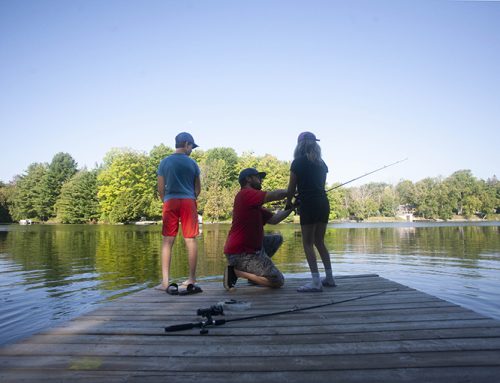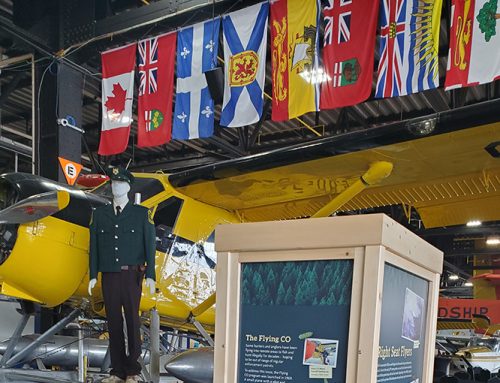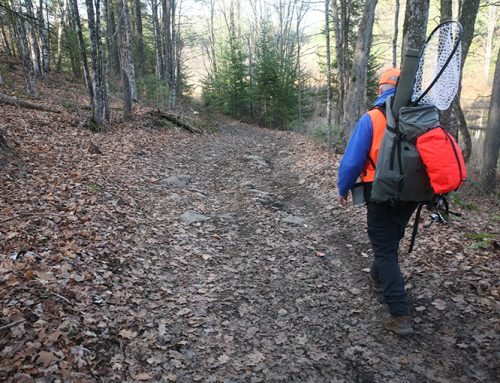
Canada’s compliance with the United Nations marking system has once again been deferred.
First introduced in 2004, the United Nations program is being interpreted differently by individual countries. In Canada, the regulations would require all new firearms being imported into Canada be identified with a unique identifying number after being imported into the country. It also requires the year of import and Canada or CA to be stamped on each gun. Successive governments have delayed implementation numerous times, usually in two-year increments.
The latest date for the program to come into force was Dec. 1, 2023. It has been extended until Dec. 1, 2025.
“The Firearms Marking Regulations were deferred to engage with impacted businesses and stakeholders, including to provide technical briefings on the regulatory requirements, and to provide preparatory time for Canadian firearms manufacturers and importers to meet the marking requirements,” Public Safety Canada spokesperson Tim Warmington stated.
The industry has argued that engraving firearms once they enter the country is logistically challenging and expensive, requiring laser engraving, jigs to hold each firearm model and re-blueing over the numbers.
Concerns voiced
“We’re very concerned about it,” said Wes Winkel, president of the Canadian Sporting Arms and Ammunition Association (CSAAA). “The next day of coming into force is in the middle of an election cycle and the new government may not be briefed. We need to get our ducks in a row.”
CSAAA has been lobbying the present government to come to the table and discuss the UN mandate but that has not occurred. With the 20-year-mark since the regulation was passed coming next year, Winkel said all governments have been reluctant to defy the UN mandate. He did argue the simple solution is to find a way within the current regulations to make the mandate work, such as ensuring that all firearms coming into Canada have a serial number.
“A very large majority to all firearms have a serial number,” he said. “There might be an odd airgun over 500 fps or flintlock (that don’t) but the others have a serial number.”
However, Warmington said the government doesn’t agree.
“While some manufacturers imprint a serial number and other information identifying the make, model, manufacturer and country of origin as a best business practice, the Firearms Markings Regulations would provide more consistency and uniformity in how this is applied in the industry,” he said, citing depth of the engraving for serial number, placement of marking, and the information contained as some of the criteria that make a separate number necessary.






These regs are just another nail in the coffin for firearms owners. We, as a Country, should opt out as there is no good reason for them. Hopefully the coming Conservative Government will put this to rest finally. If you own or use firearms this Liberal Government must be voted out. As seen in the latest debacle called Bill C-21. Now they will be coming for all guns as the “firearms advisory committee” is resurrected, with anti-gun majority. This committee’s soul purpose is to recommend firearms to be banned by regulation(order in council). If they ever stop making recommendations then they will be out of a job.